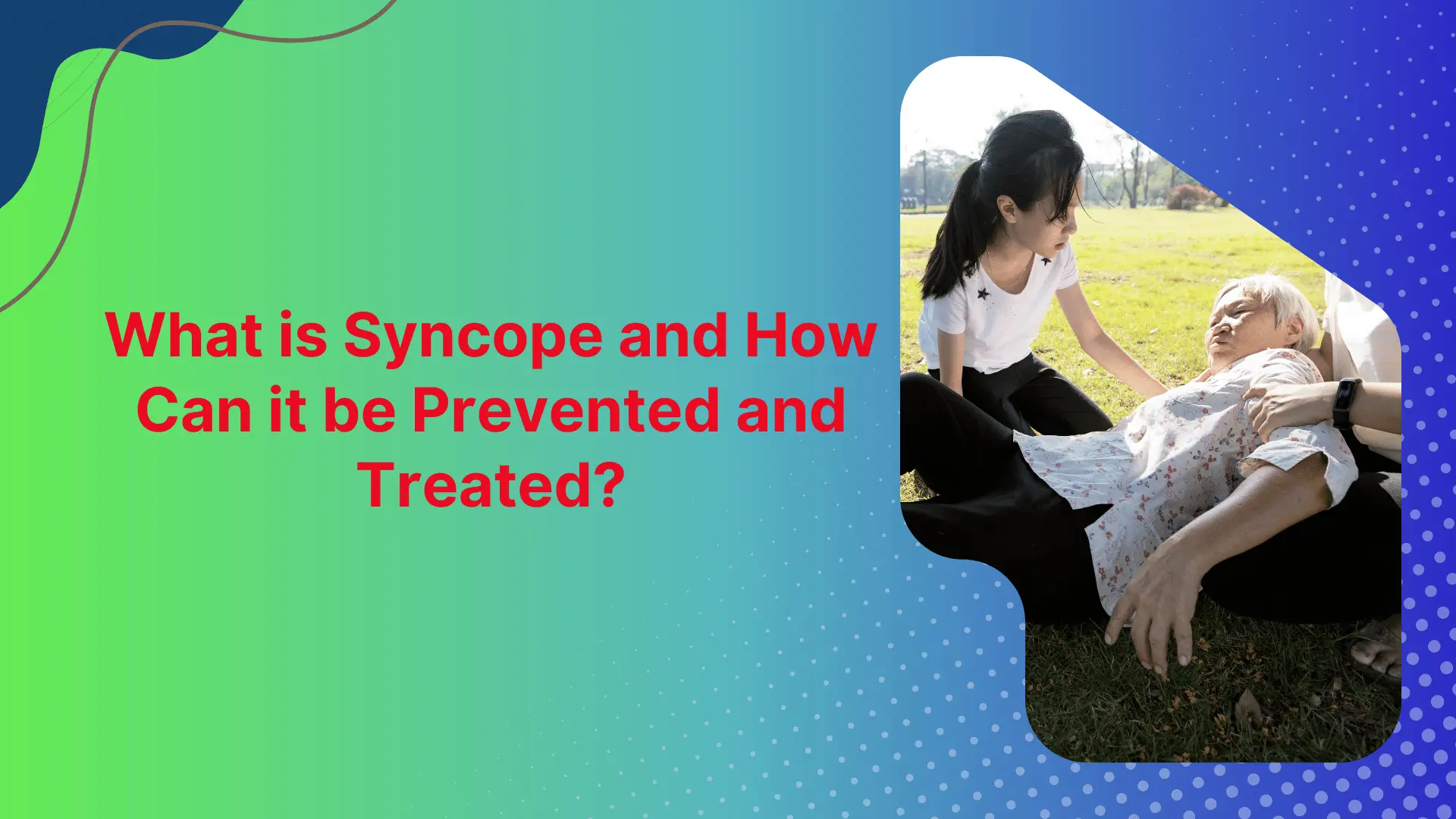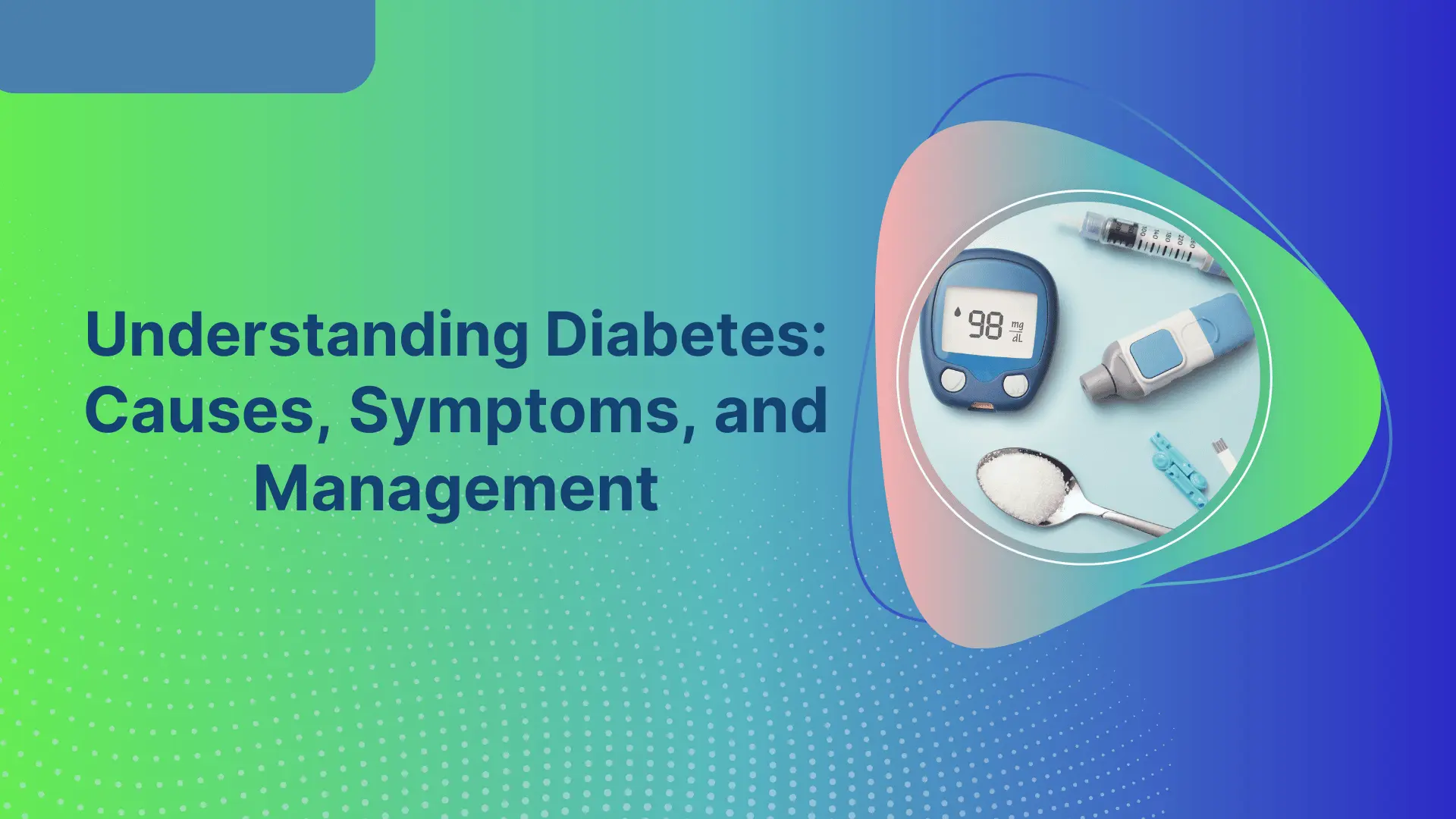
- January 25, 2025
- Hrudayam Clinic
- 0
What Are the Different Types of Syncope?
Syncope can be classified into various types in relation to the cause or context under which it occurs. The main types include:
- Vasovagal Syncope – This is the most common type. It results from a sudden drop in blood pressure, usually due to stress, standing for too long, or pain.
Postural Syncope (Orthostatic Hypotension) – If a person suddenly gets up from a sitting or lying posture, he may suffer from an acute drop in blood pressure. - Situational Syncope – It occurs due to specific stimuli such as coughing, micturating, or even swallowing.
- Cardiac Syncope – This is due to cardiac disease, like arrhythmias or structural anomalies of the heart. This usually forms the most serious type of syncope and hence requires medical intervention as soon as possible.
- Neurologic Syncope – This cause is due to neurologic conditions, for example seizures or stroke.
- Unknown Syncope – In some cases, the cause behind the syncope episodes can be unknown even after testing and evaluation.
How Prevalent is Syncope?
What Are the Symptoms and Causes of Syncope?
Syncope is essentially a sudden, temporary loss of consciousness. Most people who experience it state they experience some premonitory signs, such as dizziness or lightheadedness, nausea, and vision disturbances that precede the fainting episode. The causes of syncope depend on its type, and therefore can vary considerably. Let’s discuss the different causes of syncope:
Vasovagal Syncope Causes
The most common cause of syncope is vasovagal syncope. It is often caused by a sudden drop in the heart and blood pressure rate. Symptoms can be triggered by stress, pain, or spending too much time on their feet, though in most cases, the condition is harmless, but sometimes it may indicate an underlying health issue.
Situational Syncope Causes
Situational syncope is triggered by some physical stimuli such as coughing, sneezing, swallowing, or urinating. These stimuli stimulate the vagus nerve causing a sudden drop in the blood pressure leading to fainting.
Postural Syncope Causes
It is also referred to as orthostatic hypotension. Such might take place after the individual had dramatically risen from a sitting or lying position, and there would suddenly be a drop in the blood pressure. This condition occurs to most people who have reached an older age, and those who take those drugs that affect the blood pressure.
Cardiac Syncope Causes
Cardiac causes of syncope involve factors that relate to the heart itself, such as arrhythmias; defective heart valves; and other heart conditions, where failure to pump blood leads to temporary unconsciousness.
Neurologic Syncope Causes
Neurologic syncope is often associated with neurologic disorders. Some causes include seizures, strokes, or TIAs, which degrade the brain’s ability to sustain consciousness.
Unknown Causes of Syncope
In some cases, even after careful diagnostic evaluation, the cause of syncope remains unknown. This is commonly termed as idiopathic syncope and might require monitoring and follow-up.
How is Syncope Diagnosed and What Tests Are Involved?
Diagnosing syncope involves a detailed medical history, physical examination, and a series of diagnostic tests to identify the underlying cause. Common tests used to diagnose syncope include:
- Electrocardiogram (ECG): To assess the heart’s electrical activity and detect any arrhythmias or other abnormalities.
- Echocardiogram: An ultrasound of the heart to check for structural problems.
Tilt table test: To evaluate how a person’s body responds to changes in posture and to detect postural syncope or vasovagal syncope. - Blood tests: To rule out conditions like anemia or low blood sugar.
Neurologic tests: If neurologic causes are suspected, MRI, CT scans, or EEG may be used. - Holter monitoring: This is a long-term outpatient ECG monitoring system intended for patients with recurrent syncope induced by a cardiac cause. A patch is attached to the skin overlying the chest wall (precordium), watches the heart rate and rhythm around-the-clock, and then records it. It assists with diagnosing the core issue accurately.
What Are the Management Strategies and Treatment Options for Syncope?
The management of syncope depends on its underlying cause. Treatment strategies include:
- Lifestyle modifications: For vasovagal and postural syncope, increasing fluid intake, wearing compression stockings, and avoiding prolonged standing can help.
- Medications: Beta-blockers or other medications may be prescribed for cardiac syncope to help regulate the heart’s rhythm. In some cases, medications that increase blood pressure or manage orthostatic hypotension may be used.
- Pacemaker: In cases of cardiac syncope caused by arrhythmias, a pacemaker may be implanted to regulate the heart’s rhythm.
- Surgical treatment: If structural heart issues are identified, surgery or other medical procedures may be required to correct the problem.
- Management of underlying conditions: For syncope caused by neurological issues, treatment may include anticonvulsants, stroke prevention strategies, or other interventions.


